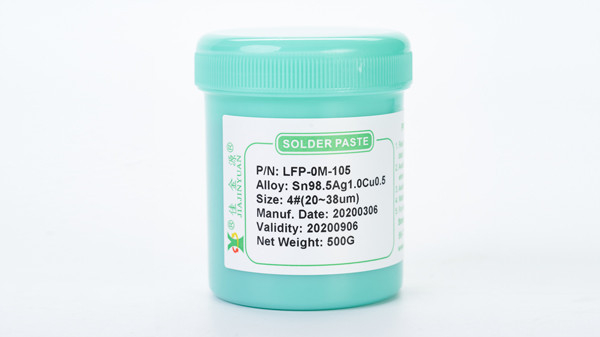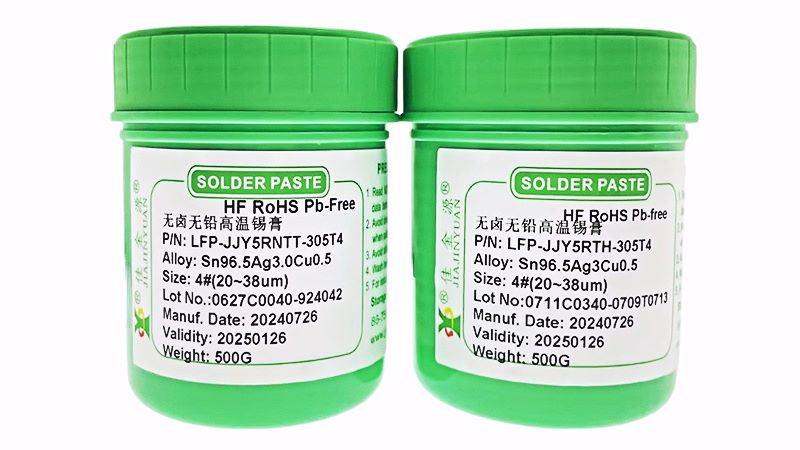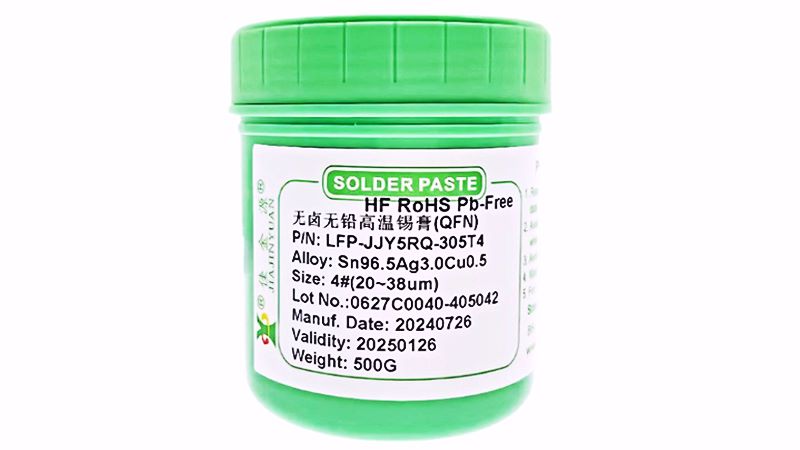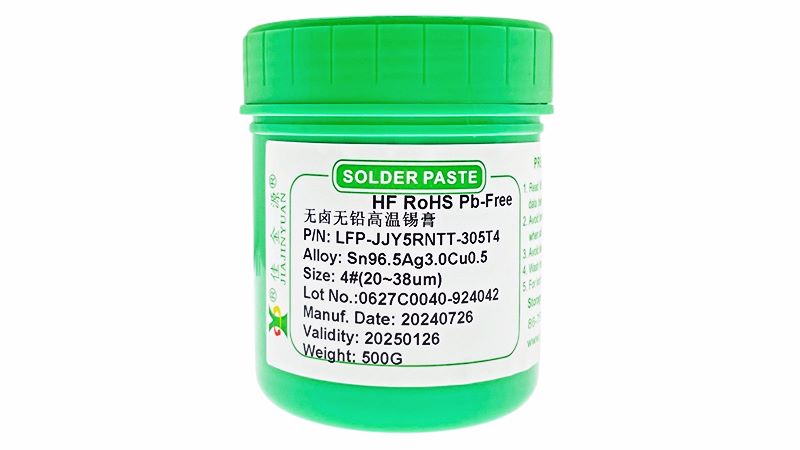Lead-free solder pasteWhat conditions are required? How to use it? During the production process of the electronics industry, solder paste is often discarded due to various reasons, and its price is relatively high. I think many industrial manufacturers are well aware of this. This aspect can also be utilized. After recycling and processing, it can be applied to industrial production, playing a role in reducing enterprise costs. Below, JJY Solder Paste Manufacturer will introduce to you some aspects and usage of lead-free solder paste:

Lead-free solder paste should first meet environmental protection regulations, not only without removing lead but also without adding new toxic and harmful substances. To ensure the solderability of lead-free solder and the stability after electric welding, various concerns such as the cost for customers should be fully considered.
1Lead-free solder has a relatively low melting point and should be as close as possible63/37The eutectic temperature of tin-lead alloy183℃. If the eutectic temperature of the new product is only high183℃This should not be a big question, but there is no such lead-free solder that can be actually implemented and meet the welding requirements. Furthermore, once lead-free solder with a lower eutectic temperature is developed, the temperature difference in the melting range of the lead-free solder should be minimized as much as possible, that is, the temperature range between the solid phase line and the liquid phase line should be reduced as much as possible. The solid-phase line temperature should be at least150℃The liquidus temperature depends on the specific application(Wave soldering tape:Lower than265℃;Tin wire:Lower than375℃;Surface mount solder paste:Lower than250℃The reflow soldering temperature is usually required to be lower than225~230℃.
2Lead-free solder should have prominent moisture;Under normal circumstances, the time during reflow soldering that the solder remains above the liquid phase line is30-90The time during wave soldering when the soldering pins and the surface of the circuit board substrate come into contact with the peak of the tin liquid phase is approximately seconds4Seconds. In the future, when using lead-free solder, it is necessary to ensure that the solder can exhibit outstanding moisture resistance within the aforementioned time range to guarantee high-quality soldering results.
3The electrical conductivity and thermal conductivity after welding should be close63/37Tin-lead alloy solder.
4The tensile strength, electrical resistance, ductility and creep resistance of the solder joints are similar to those of tin-lead alloys.
At the same time, from the perspectives of health and environmental protection, the lead-free solder paste currently in use is mainly environmentally friendly solder paste, that is, solder paste with lead removed, also known asLead-free solder paste. Lead-free solder paste must first be able to truly meet environmental protection requirements. It cannot remove lead while adding new toxic or harmful substances;It is necessary to ensure the solderability of lead-free solder and the reliability after soldering, and take into account numerous issues such as the cost borne by customers.
If you want to know about solder paste, lead-free solder paste, solder paste and other soldering issues, partners are welcome to consult Shenzhen JJY Industrial Technology Co., LTD. Let's learn and grow together! The solder wire, solder paste and solder rods of JJY brand are always waiting for partners to come and take them together.





 Tel:+86 0755 88366766
Tel:+86 0755 88366766 Phone:+86 18938660310
Phone:+86 18938660310 Email:sales@jjyhanxi.com
Email:sales@jjyhanxi.com Address:13/F,12/F, Building No. B,Qinghu Technology Park,Qingxiang Rd.,Qinghu Community, Longhua Subdistrict,Longhua District,Shenzhen City,GUANGDONG Province,P.R.C.(518027)
Address:13/F,12/F, Building No. B,Qinghu Technology Park,Qingxiang Rd.,Qinghu Community, Longhua Subdistrict,Longhua District,Shenzhen City,GUANGDONG Province,P.R.C.(518027) Guangdong Public Security Backup 44030902002666 name
Guangdong Public Security Backup 44030902002666 name
 WeChat
WeChat WeChat official account
WeChat official account
